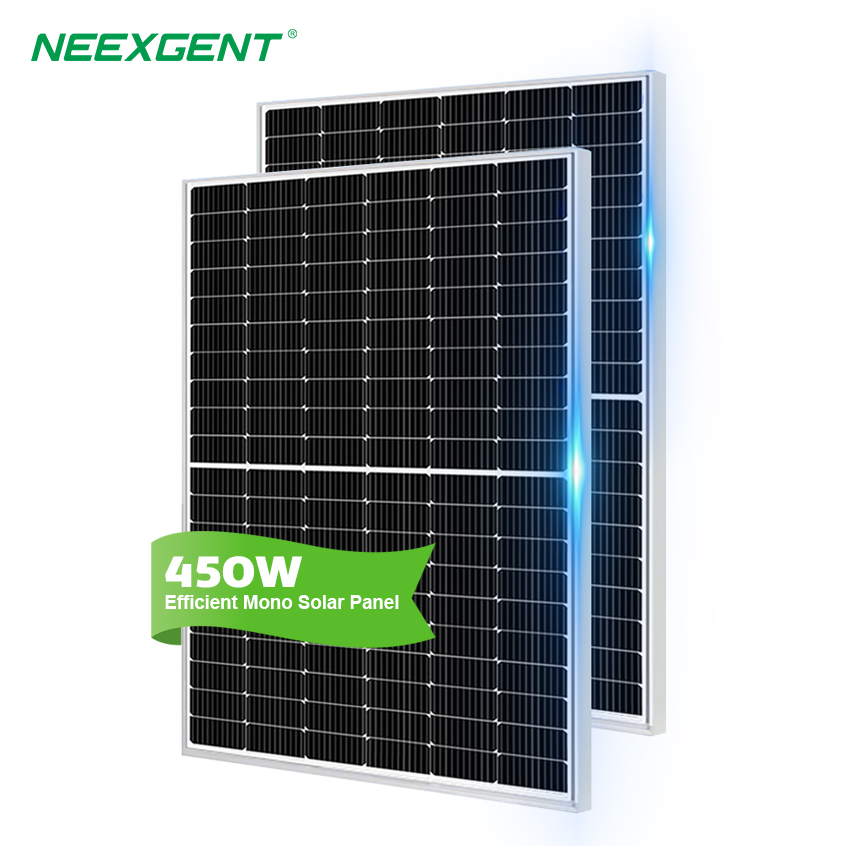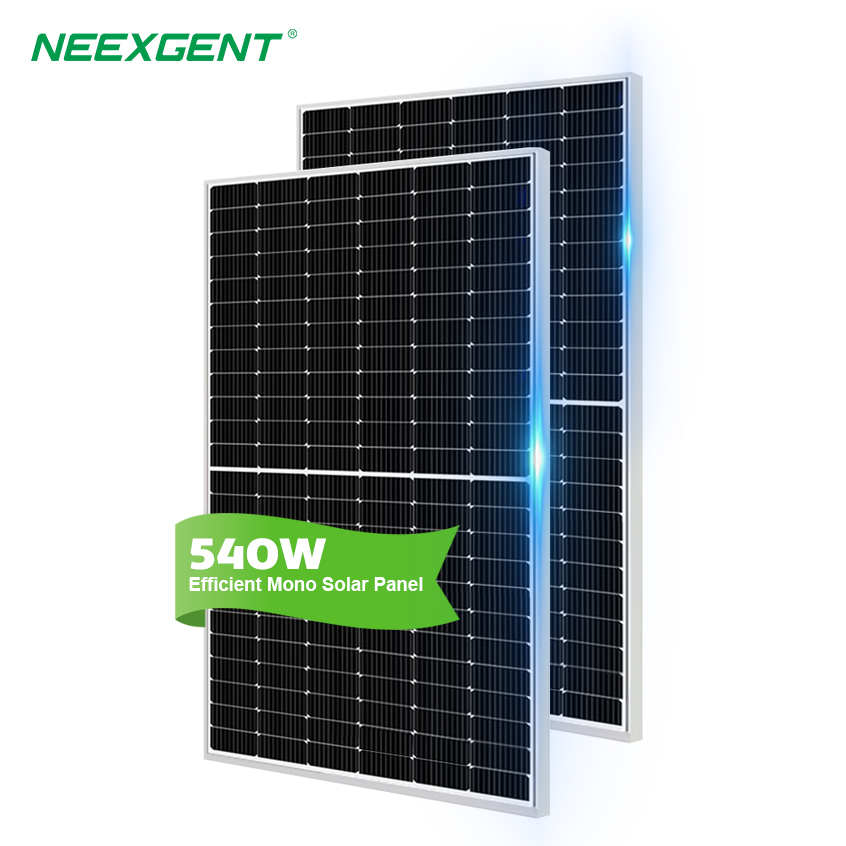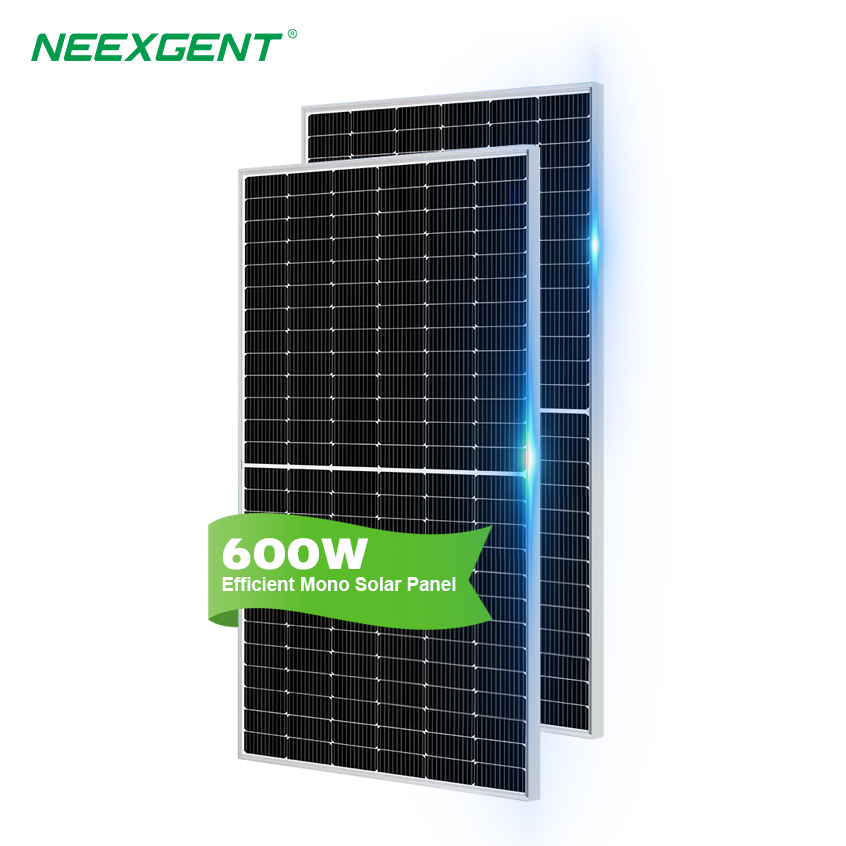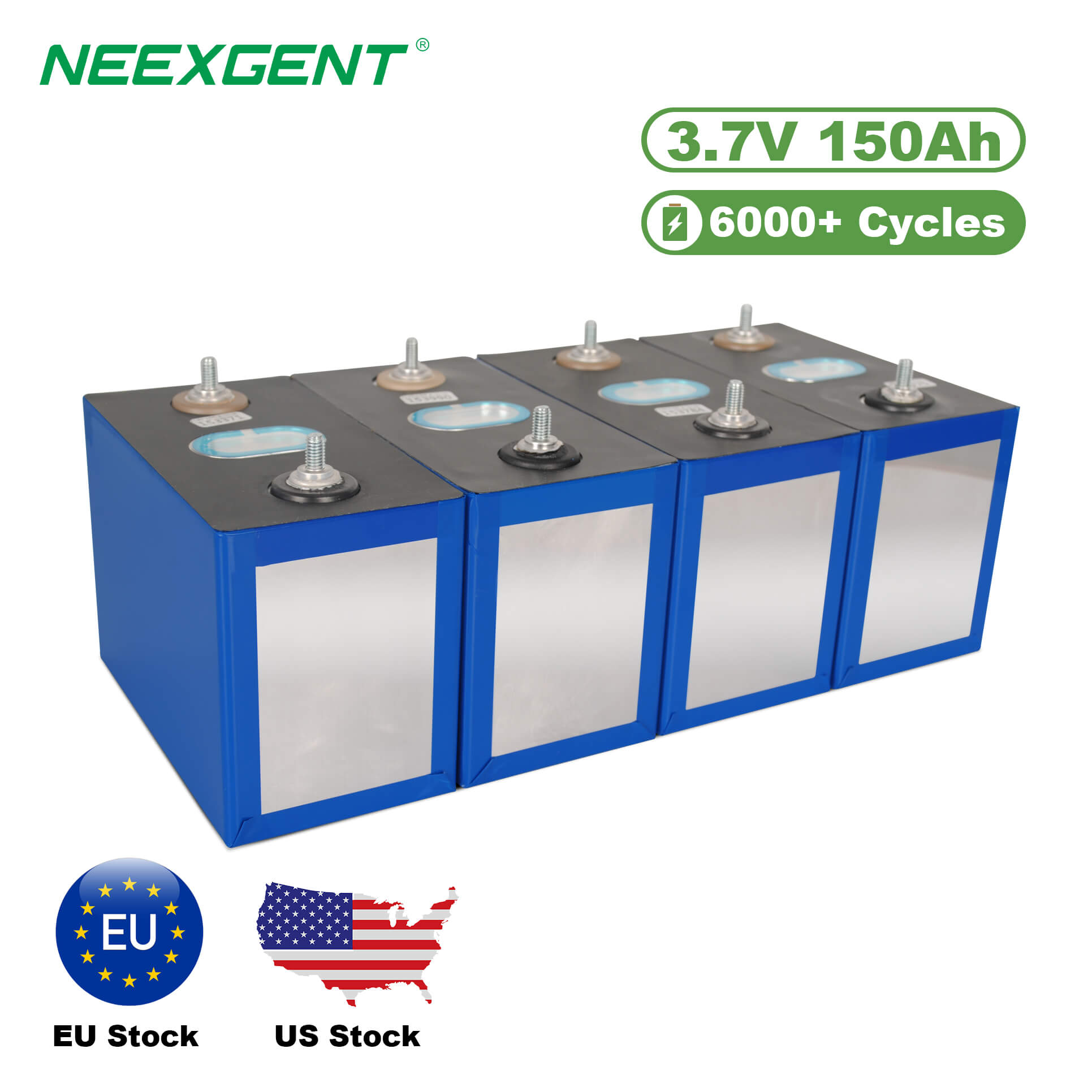Contents:
As the demand for clean and renewable energy sources grows, many homeowners, adventurers, and remote dwellers are turning to off-grid solar power systems to meet their electricity needs. Among the most commonly discussed components in such setups are 250-watt photovoltaic (PV) solar panels. These panels are often seen as a good balance between affordability, size, and power output. But is a 250-watt solar panel truly suitable for an off-grid system? The answer depends on a variety of factors including energy requirements, battery capacity, geographic location, and system scalability. In this article, we will delve into the suitability of 250-watt PV solar panels for off-grid applications, covering their capabilities, limitations, and practical considerations.
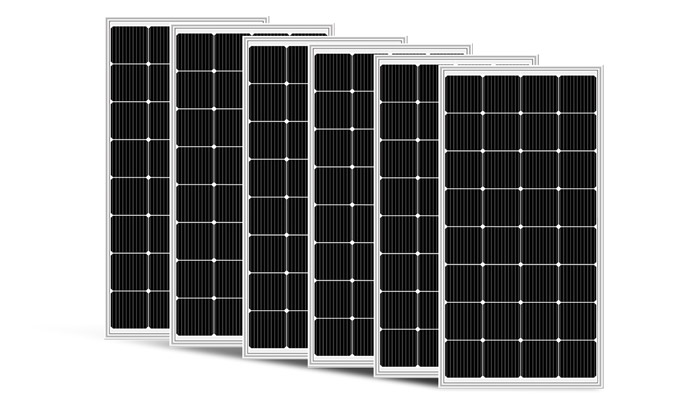
Understanding a 250-Watt Solar Panel
A 250-watt solar panel refers to its peak power output under Standard Test Conditions (STC), which are 1,000 watts of solar irradiance per square meter at a cell temperature of 25°C. Under these conditions, the panel can generate 250 watts of DC electricity per hour. In real-world situations, however, environmental factors like temperature, shading, and panel orientation can significantly influence actual performance.
Typical specifications for a 250W panel include:
-
Voltage at maximum power (Vmp): ~30V
-
Current at maximum power (Imp): ~8.3A
-
Size: Approximately 1.6m²
-
Weight: Around 18 kg (40 lbs)
These panels are typically polycrystalline or monocrystalline and are often used in residential and small-scale commercial installations.
Energy Output: What Can You Expect?
The actual daily output of a 250W solar panel depends on sunlight availability. For instance, in an area that receives 5 peak sun hours per day:
Daily Energy Output = 250W x 5 hours = 1250 Wh = 1.25 kWh/day
Therefore, a single 250W panel can produce around 1.25 kilowatt-hours of electricity per day in optimal conditions. Over a month, that equates to about 37.5 kWh. This is a decent amount of energy, but whether it's enough depends on your consumption.
Estimating Your Energy Needs
Before determining if a 250-watt solar panel is sufficient, it's essential to calculate your energy consumption. Off-grid users typically power:
-
LED lighting: 5W per bulb x 4 bulbs x 5 hours = 100 Wh/day
-
Laptop: 60W x 4 hours = 240 Wh/day
-
Refrigerator (energy-efficient, 12V): ~800 Wh/day
-
Phone charging: 5W x 3 hours = 15 Wh/day
-
Miscellaneous devices: ~100 Wh/day
Total Daily Consumption: ~1,255 Wh or 1.26 kWh
As you can see, just one 250W panel would barely meet this requirement in ideal conditions. If there's cloud cover, shading, or suboptimal angles, the output will drop, creating a shortfall.
Is a Single 250-Watt Panel Enough?
In most cases, one 250-watt panel is not enough to power an entire off-grid system unless the energy demand is extremely low. However, there are exceptions:
Suitable Use Cases for a Single 250W Panel:
-
Tiny cabins or minimalist off-grid setups
-
Emergency backup systems
-
Weekend use in RVs or boats
-
Charging small battery banks (100Ah or less)
For more sustained or full-time off-grid living, multiple panels will be necessary.

System Scalability and Multiple Panels
One of the advantages of using 250-watt panels is their modular nature. You can connect multiple panels in series or parallel to increase voltage or current, respectively. For example:
-
2 Panels: 500W (2.5 kWh/day)
-
4 Panels: 1,000W (5 kWh/day)
-
8 Panels: 2,000W (10 kWh/day)
This makes 250W panels suitable for larger systems if you have the space and budget to scale.
Battery Storage Considerations
Off-grid systems rely heavily on energy storage. If you're using a single 250W panel that generates 1.25 kWh/day, you’ll need a battery that can store at least that much—plus more if you plan for cloudy days.
For example:
If you have higher energy needs or want multiple days of autonomy, you’ll need a bigger battery bank—and consequently, more panels.
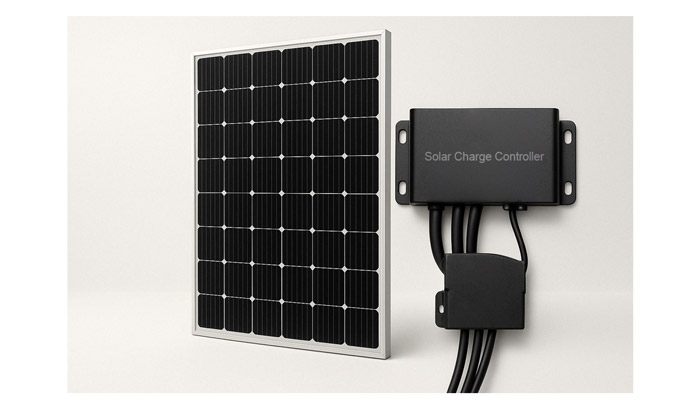
Charge Controller Requirements
A charge controller regulates the voltage and current coming from the solar panel to the battery. A 250W panel, outputting ~30V and ~8A, would typically require:
-
MPPT controller (for efficiency): 20A or higher, depending on your system voltage (12V/24V)
-
PWM controller: Less expensive but less efficient; more suitable for smaller setups
MPPT (Maximum Power Point Tracking) controllers are generally recommended for 250W panels, especially in 24V systems.
Inverter Sizing
Most household devices use AC power, so an inverter is needed to convert DC from the panel and batteries. If you’re using a 250W panel, you might pair it with:
-
300–500W inverter for basic needs (lights, laptop, phone charging)
-
Ensure the inverter’s peak capacity matches your maximum load
For larger systems with multiple panels, consider a higher-capacity pure sine wave inverter (e.g., 1000W–3000W) for appliances and tools.
Installation and Portability
A single 250W panel is relatively easy to install and even portable for certain applications like RVs or camping setups. However, because of their size and weight, they are less portable than smaller 100W panels.
Use mounting brackets, adjustable tilts, and ensure good airflow to improve performance and avoid overheating.
Pros and Cons of Using 250W Panels for Off-Grid Systems
Pros:
-
Readily available and affordable
-
Good energy output per panel
-
Easy to scale up for larger systems
-
Compatible with most off-grid components
Cons:
-
Single panel insufficient for high-energy needs
-
Requires significant sunlight for optimal performance
-
Larger and heavier than smaller wattage panels
-
May not be suitable for portable setups
Final Verdict
So, is a 250-watt photovoltaic solar panel suitable for off-grid systems? The short answer is: Yes, but with limitations.
If your energy requirements are minimal—such as lighting, phone charging, and occasional laptop use—a single 250W panel paired with a modest battery bank could serve you well. However, for full-time off-grid living or more demanding applications (e.g., refrigeration, pumps, power tools), a single panel will fall short, and a larger array will be needed.
A 250W panel shines best in modular, scalable systems where multiple panels can be added as needed. It offers a solid starting point for off-grid setups, especially when budget or space constraints are at play.
FAQs
1. What Are the Installation Requirements for a 250 Watt Photovoltaic Solar Panel?
To install a 250-watt solar panel, you need a few key components and environmental conditions:
Mounting Surface: A stable, sun-exposed area such as a rooftop, pole mount, or ground rack. The surface should be angled to maximize sun exposure based on your latitude.
Orientation: In the Northern Hemisphere, panels should face true south. Adjust the tilt angle seasonally or fix it to the average optimal angle.
Wiring & Connectors: Use appropriately rated cables (usually 10 AWG) and MC4 connectors for secure, weatherproof connections.
Charge Controller: An MPPT controller is recommended for higher efficiency, especially in 24V systems.
Battery Bank: If off-grid, ensure the battery system is sized to store the daily output (~1.25 kWh/day).
Inverter (if AC power is needed): Choose a pure sine wave inverter that matches your peak load requirements.
Protection: Include fuses, breakers, and grounding equipment for safety and code compliance.
2. How Many 250 Watt Photovoltaic Solar Panels Do You Need for a Home Setup?
The number of 250W panels required depends on your daily energy consumption and average sun hours in your region. Here's a rough guide:
Average U.S. household consumption: ~30 kWh/day
Daily output of one 250W panel (with 5 sun hours/day): ~1.25 kWh
Panels needed: 30 kWh ÷ 1.25 kWh = 24 panels
If your home consumes less energy (e.g., an energy-efficient cabin or tiny home), you may only need 6 to 12 panels. Always factor in weather variations, shading, and system inefficiencies (~20%) when calculating.
3. Can a 250 Watt Solar Panel Power a Refrigerator?
A single 250W solar panel can theoretically power a small, energy-efficient DC refrigerator, but it depends on usage and sunlight availability.
Example:
Small 12V fridge power consumption: ~800 Wh/day
250W panel output (5 sun hours): ~1,250 Wh/day
In ideal conditions, the panel can meet the fridge’s needs. However, you’ll also need:
– A battery to run the fridge when the sun isn’t shining
– A charge controller and inverter (if fridge is AC-powered)
For reliability, it’s often recommended to use at least two 250W panels for refrigeration.
4. Are 250 Watt Solar Panels Good for Portable or Mobile Off-Grid Systems?
250W panels can be used in portable setups (RVs, vans, boats), but their size and weight may make them less convenient than smaller (100W or 160W) panels.
Pros for mobile use:
– More power per panel
– Fewer panels to wire and manage
– Compatible with 12V or 24V systems
Cons:
– Heavier and bulkier
– May require sturdy roof mounts
– Harder to reposition frequently
For RVs or vans, one or two 250W panels are often used when space allows, offering enough power for lights, fans, and electronics.
5. What Maintenance Is Required for 250 Watt Solar Panels in Off-Grid Systems?
Solar panels require minimal maintenance, but regular checks help ensure long-term performance:
Cleaning: Wipe down with water and a soft cloth every 1–2 months, especially in dusty or snowy areas.
Inspect wiring: Look for signs of corrosion, fraying, or loose connections.
Check output: Use a solar charge controller or monitoring app to track daily output. Drops may indicate panel shading or faults.
Battery care (if off-grid): Maintain battery health by avoiding overcharging or deep discharging.
Regular maintenance ensures maximum efficiency and can extend the lifespan of both your panels and your overall off-grid system.

